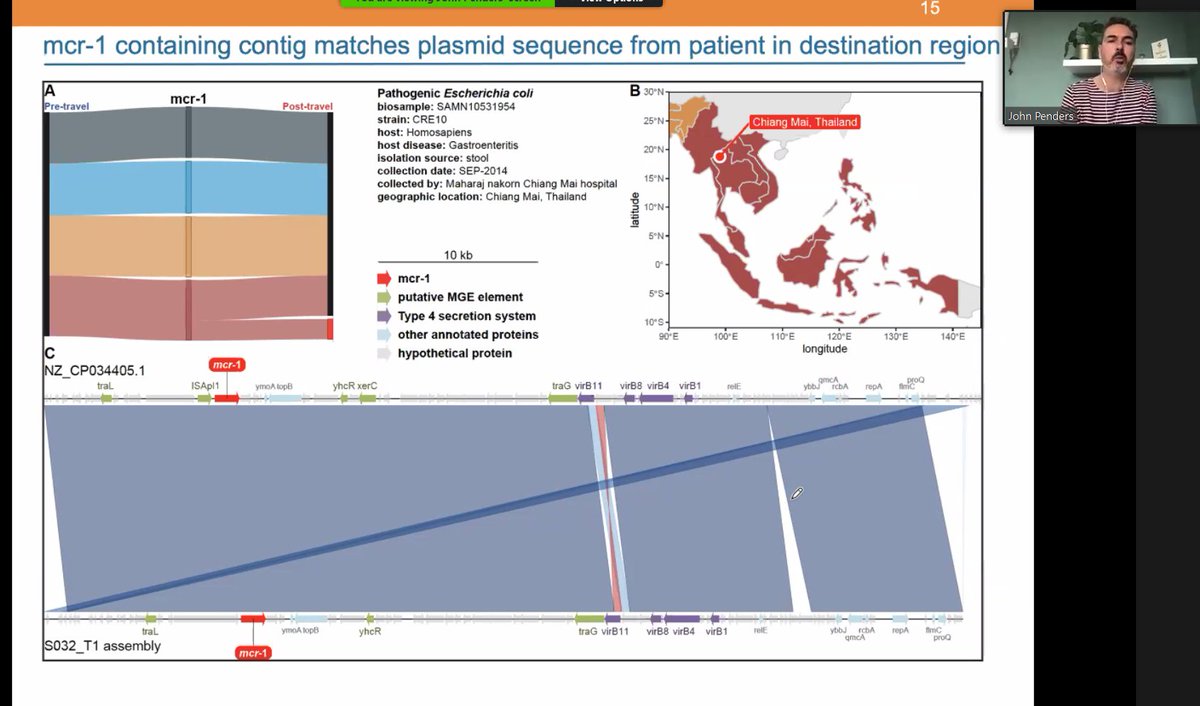
An update on #NGS technologies:
NGS in the clinical setting: we've reached a point in the #NGS technology that the combination of low error rate but mainly high throughput has made the genome-wide or quasi genome-wise assays affordable enough to be applied routinely.
NGS in the clinical setting: we've reached a point in the #NGS technology that the combination of low error rate but mainly high throughput has made the genome-wide or quasi genome-wise assays affordable enough to be applied routinely.
There are few barriers left for the wider use of genomics sequencing in clinical diagnostics: firstly, to be the first in class, there is still a large investment in sample size required to build a reference dataset. An example in point here is Grail Bio, and the rest of players.
Grail Bio managed to accumulate a large amount of investment and applied epigenomic profiling technologies that had been proven for 2-3 years then (maybe 5-6 years now) at a large scale to build their Galleri assay for multi-cancer screening.
Other competitors didn't have the money and/or motivation and are now playing catch-up, which is not an impossible task, but will take some clever decision making, and, no surprise here, also a lot of money. This is, most prominently, for liquid biopsy cancer screening.
Galleri and similar are at the moment based on short-read Illumina sequencing, although technically they could be swapped for MGI Tech DNBSEQ is needed. There are already entities in China and other parts of the World working on Galleri-equivalents backed by MGI Tech sequencing.
Oxford Nanopore has a technology that lends itself more readily for long-read sequencing, but in comparison to PacBio, does not need much sample prep adaptation to work on a wide range of DNA/RNA sizes to start with.
This is due to the fact that the pores accept many molecules per run, in comparison to PacBio, which has a determined number of wells in the chip, thus requires library prep modifications if the length of each of the starting DNA molecules is shorter than an ideal size.
An advantage to Oxford Nanopore is that the very small to null CAPEX investment gives great flexibility to set up a new sequencing capacity. This model of in-house NGS sequencing has turn-around time advantages over the centralized model for $1M+ instruments (Novaseq/DNBSEQ T7).
This doesn't mean Illumina could not remain competitive: they still have a lead in short-read technologies, and could lower prices to entice more customers into their platform. Yet Illumina as an organization is not good at selling small and cheap instruments.
Competitors to Illumina could disrupt their low-throughput market by bringing in instruments that produce data of equal quality to Illumina NGS, but with instrument/reagents that are more competitive low CAPEX alternatives in short-read NGS.
Thermo Fisher wanted to be one of such competitors, but it turns out that their NGS sequencing machine, the Ion Torrent technology, has grown larger and more expensive, rather than small and low CAPEX. They have good vertical integration and aggressive sales, but limited success.
Yet there can be a change in the market segmentation between short-reads and long-reads if costs equate: the neonate whole-genome sequencing could be done with high-quality long-read technologies, and provide a "once and done" electronic health record of the individual.
This can then be combined with other NGS technology combinations, such as short-read liquid biopsy or single-cell spatialomics of tissue biopsies, to zoom into a particular tissue or organ, during the life of the individual.
@d2unroll unroll
• • •
Missing some Tweet in this thread? You can try to
force a refresh









